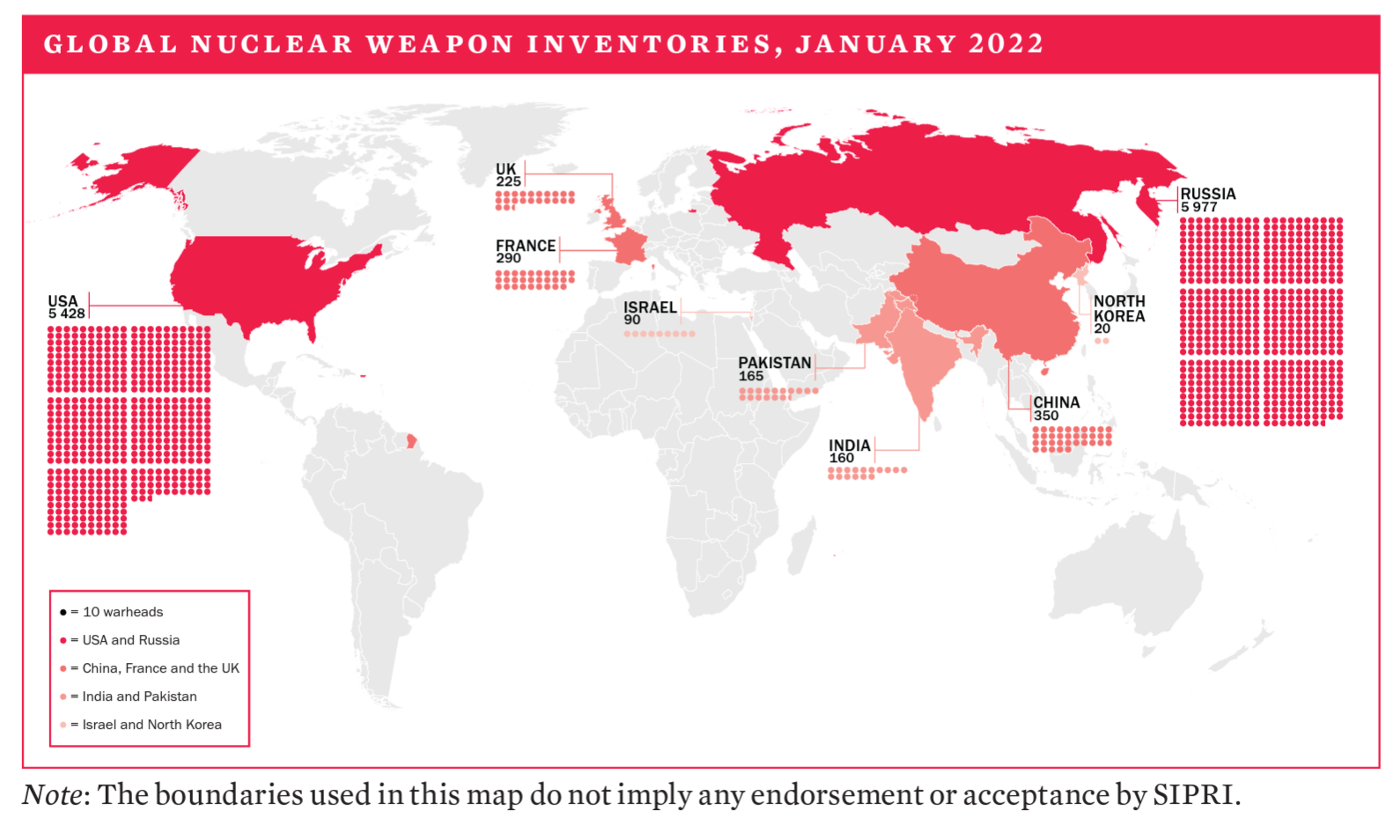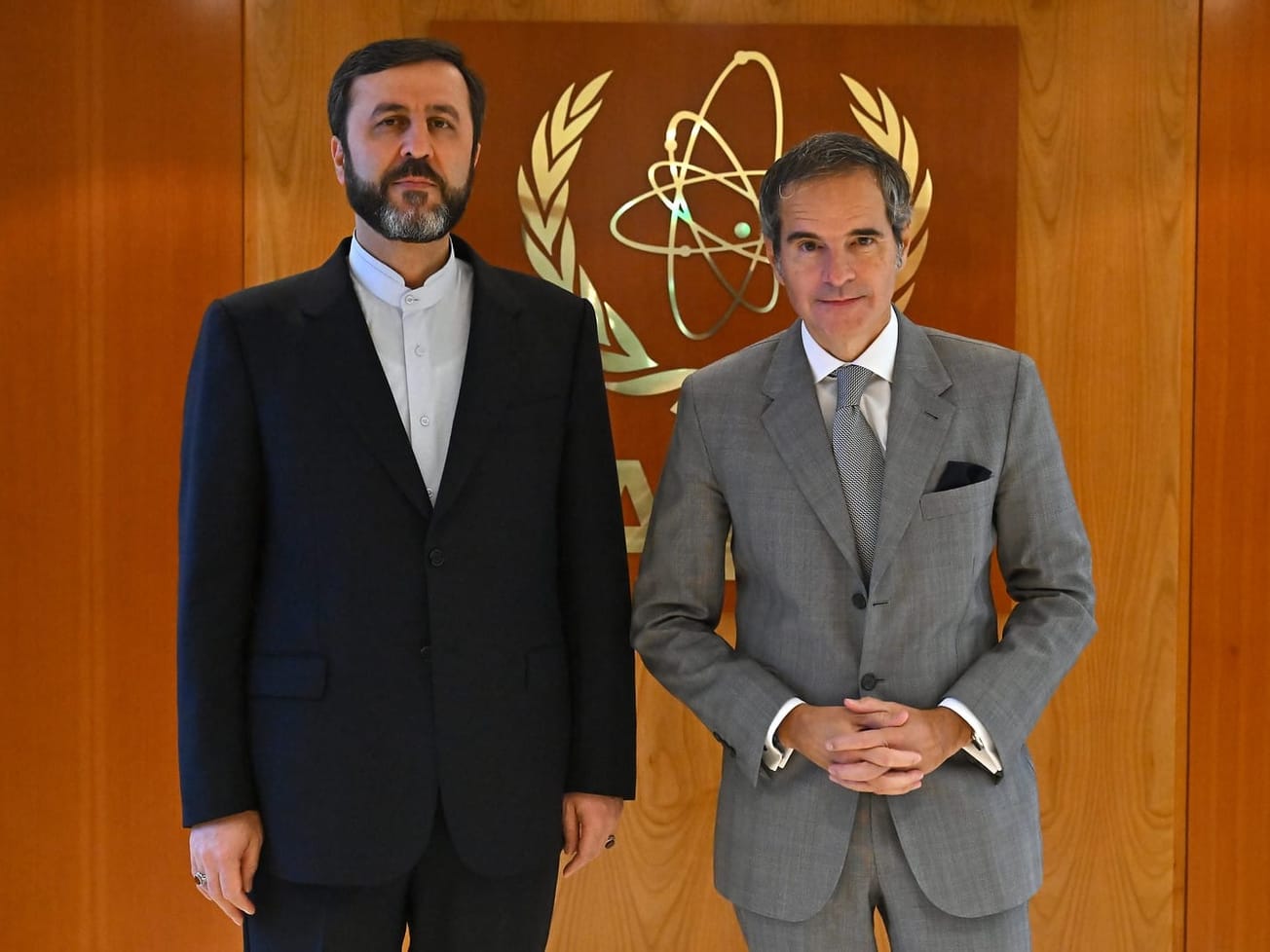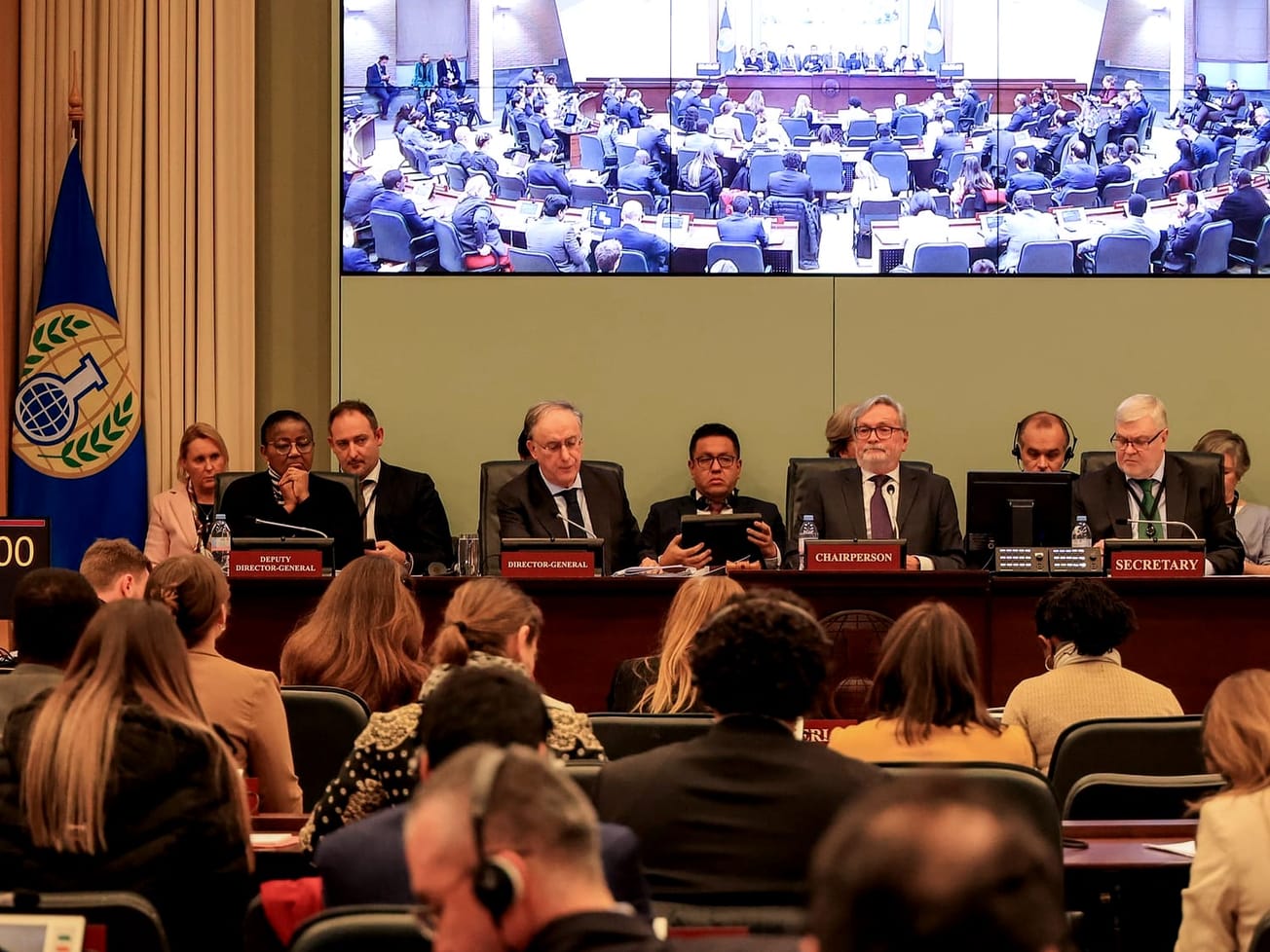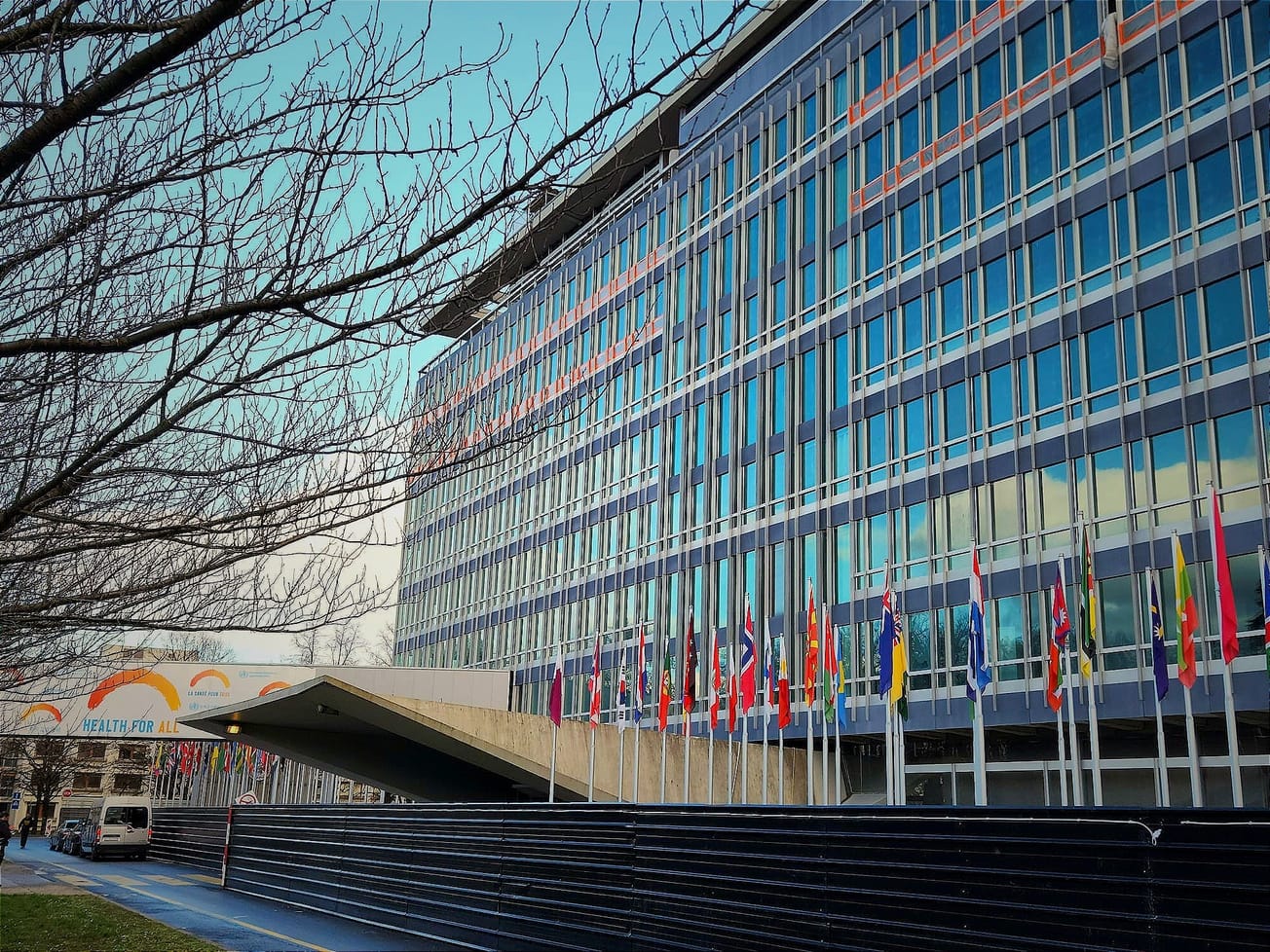Nuclear arsenals among nine nations are expected to grow over the next decade in a reversal of a post-Cold War decline, a Swedish think tank reports.
The nine nations — Britain, China, France, India, Israel, North Korea, Pakistan, Russia and the United States — had an estimated 12,705 warheads, including 9,440 in military stockpiles for potential use, according to the Stockholm International Peace Research Institute's annual overview issued on Monday.

Among those, 3,732 warheads were on missiles and aircraft while 2,000 mostly U.S. or Russian warheads were kept ready for use on high alert. SIPRI blamed Russia's invasion of Ukraine for the worrisome trend. Its report noted that Russia “made open threats about possible nuclear weapon use” over Ukraine.
"All of the nuclear-armed states are increasing or upgrading their arsenals and most are sharpening nuclear rhetoric and the role nuclear weapons play in their military strategies," said Wilfred Wan, director of SIPRI’s weapons of mass destruction program. ‘This is a very worrying trend."
Russia and the U.S. have 90% of the world's nuclear weapons, and their total warhead inventories continued to decline in 2021, SIPRI reported, because of the dismantling of warheads retired from military service. But the number of warheads in their usable military stockpiles remained about the same.
The 9 nuclear-armed states—🇺🇸, 🇷🇺, 🇬🇧, 🇫🇷, 🇨🇳, 🇮🇳, 🇵🇰, 🇮🇱 and 🇰🇵—together possessed an estimated 12 705 warheads at the start of 2022. This marked a decrease from an estimated 13 080 at the beginning of 2021.
— SIPRI (@SIPRIorg) June 12, 2022
Read more in #SIPRIYearbook 2022 ➡️ https://t.co/9CNPQ5uHnT pic.twitter.com/8TruDnXSLG
A long decline no more
SIPRI's Hans Kristensen, who also directs the Federation of American Scientists' Nuclear Information Project, said there are "clear indications that the reductions that have characterized global nuclear arsenals since the end of the Cold War have ended."
In January, world peace advocates celebrated as the first legally binding treaty to ban nuclear weapons became international law. Some 122 nations among the 193-nation United Nations General Assembly approved the Treaty on the Prohibition of Nuclear Weapons, or TPNW, in 2017, starting the process of ratification.
Survivors of atomic bombs dropped on Hiroshima and Nagasaki in August 1945 at the end of World War II welcomed its passage, as did treaty proponents who described it as a useful policy signal towards humanitarian and peace goals in a world of rising nuclear arms risks.
Under the treaty, global peace advocates can for the first time argue that any nation possessing nuclear arms has aims incompatible with international law.
The treaty requires all nations that ratify it to ban any transfer or use of nuclear weapons or nuclear explosive devices, and to renounce taking any step to "develop, test, produce, manufacture, otherwise acquire, possess or stockpile nuclear weapons or other nuclear explosive devices.”
However, none of the nine nuclear-armed nations have joined or ratified the treaty. The 30-nation NATO alliance also was opposed.








